In order to investigate dynamic morphogenetic patterning at early embryogenesis, we exploit the self-organization properties of stem cells to model corresponding native lineages/tissues. We use pioneering techniques to mimic early embryogenesis using mouse embryonic and extra-embryonic stem cells in vitro.
WHY IS THIS WORK IMPORTANT?
This stem cell–based model system is important to study early embryogenesis for two main reasons:
(1) it includes not only embryonic but also extra-embryonic tissues, and therefore, recapitulates the architecture and gene expression signatures of the natural embryo, and
(2) formation does not require external signals; self-organization occurs organically through cellular interactions.
This system allows us to:
- capture and replicate early cell potency, programming, and pattern formation in vitro.
- use a bottom-up approach to piece together, step-by-step, the spatiotemporal events of embryogenesis.
- recreate the complex cellular organization and micro-environmental signals that define native tissues.
To read more about this work:
1. Sozen B, Cox A, De Jonghe J, Bao M, Hollfelder F, Glover DM, Zernicka-Goetz M. Self-organization of mouse stem cells into an extended potential blastoid. Dev. Cell 2019. Dec 16;51(6):698-712.e8 (PMID: 31846649)
2. Sozen B, Amadei G, Cox A, Wang R, Na E, Czukiewska S, Chappell L, Voet T, Michel G, Jing N, Glover DM, Zernicka-Goetz M. Self-assembly of embryonic and two extra-embryonic stem cell types into gastrulating embryo-like structures. Nature Cell Biology 2018 Aug;20(8):979-989 (PMID: 30038254)
3. Harrison SE*, Sozen B*, Zernicka-Goetz M. In vitro generation of mouse polarized embryo-like structures from embryonic and trophoblast stem cells. Nature Protocols. 2018 Jul;13(7):1586-1602. *Co-first authorship. (PMID: 29988106)
4. Harrison SE*, Sozen B*, Christodoulou N, Kyprianou C, Zernicka-Goetz M. Assembly of embryonic and extraembryonic stem cells to mimic embryogenesis in vitro. Science. 2017 Apr 14;356(6334). (PMID:28254784)
